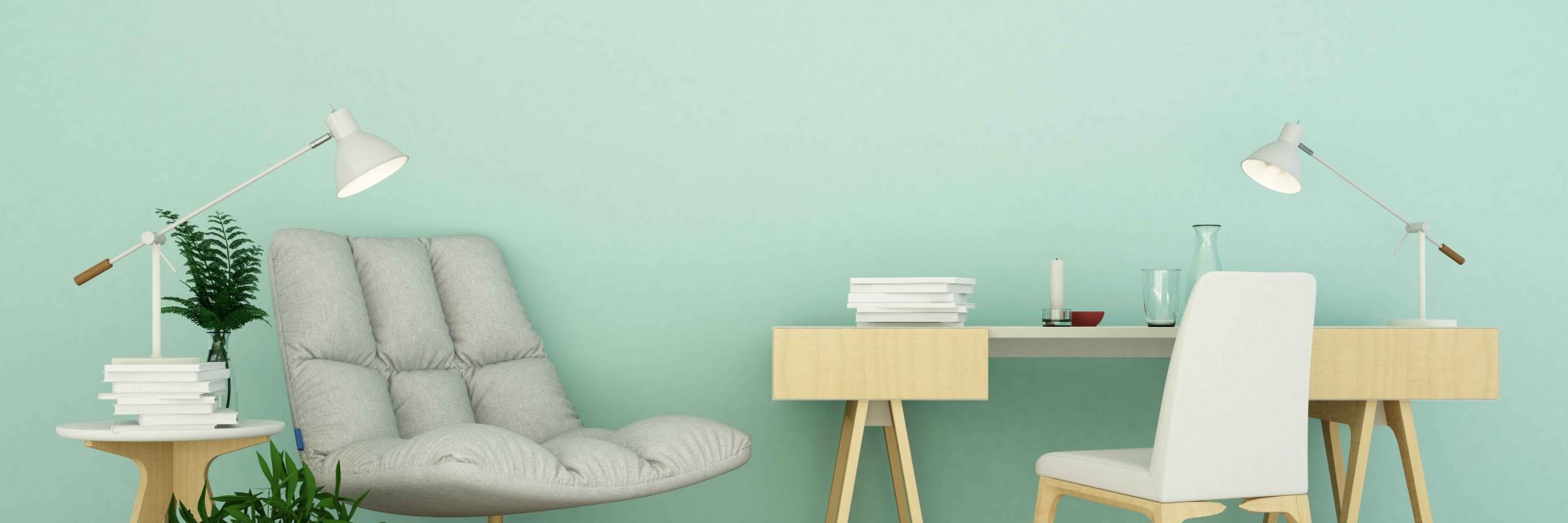Discover How Seasonal Impacts Can Influence The Performance Of Commercial External Painting And Discover One Of The Most Beneficial Times To Make Certain Durable Outcomes For Your Job
Discover How Seasonal Impacts Can Influence The Performance Of Commercial External Painting And Discover One Of The Most Beneficial Times To Make Certain Durable Outcomes For Your Job
Blog Article
Content Author-Aguilar Urquhart
When you're preparing a commercial outside paint task, seasonal factors can make or damage your outcomes. You'll intend to consider just how temperature level and moisture effect paint application and drying out times. Selecting the best season can ensure your paint sticks correctly and lasts longer. Yet which seasons are absolutely the very best for this sort of work? Allow's explore the crucial elements that can affect your task's success.
The Influence of Temperature on Paint Application
When you're preparing a business external paint task, the temperature can substantially impact just how well the paint sticks and dries out.
Preferably, you want to paint when temperature levels vary in between 50 ° F and 85 ° F. If common questions about exterior painting projects 's as well chilly, the paint may not cure appropriately, causing concerns like peeling or cracking.
On the flip side, if it's too hot, the paint can dry too quickly, protecting against correct adhesion and causing an unequal surface.
You should additionally consider the time of day; morning or late afternoon offers cooler temperatures, which can be a lot more beneficial.
Always inspect the maker's recommendations for the details paint you're making use of, as they frequently provide advice on the optimal temperature level array for optimum outcomes.
Moisture and Its Result on Drying Times
Temperature isn't the only environmental element that affects your industrial outside painting project; humidity plays a considerable duty too. High humidity levels can decrease drying times dramatically, affecting the general high quality of your paint work.
When the air is saturated with dampness, the paint takes longer to cure, which can bring about issues like inadequate adhesion and a greater risk of mildew development. If you're painting on a specifically damp day, be prepared for extended wait times between coats.
It's vital to check neighborhood weather conditions and strategy appropriately. Preferably, go for source web page between 40% and 70% for ideal drying.
Keeping these consider mind guarantees your job stays on track and provides an enduring surface.
Best Seasons for Commercial Outside Painting Projects
What's the most effective season for your commercial external painting jobs?
Springtime and very early autumn are commonly your best options. During these periods, temperatures are moderate, and moisture levels are often reduced, creating suitable conditions for paint application and drying out.
Stay clear of summer season's intense heat, which can cause paint to dry as well swiftly, resulting in inadequate bond and finish. Similarly, wintertime's chilly temperatures can impede correct drying and healing, running the risk of the long life of your paint task.
Go for days with temperatures between 50 ° F and 85 ° F for optimum results. Remember to check the regional weather forecast for rain, as damp conditions can wreck your task.
Preparation around these variables guarantees your painting project runs smoothly and lasts longer.
Conclusion
Finally, intending your industrial external paint jobs around seasonal considerations can make a significant difference in the end result. By organizing work during the ideal temperatures and humidity levels, you'll make certain far better adhesion and drying out times. Bear in mind to watch on local weather prediction and select the correct time of year-- spring and early loss are your best choices. Taking these steps will help you achieve a durable and professional coating that lasts.
